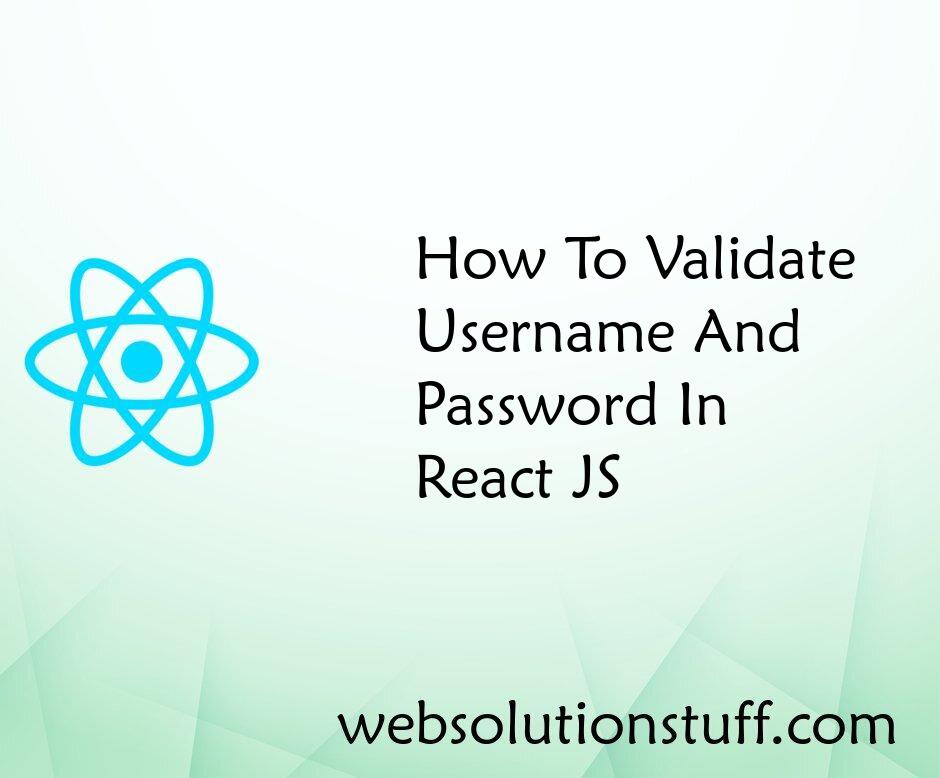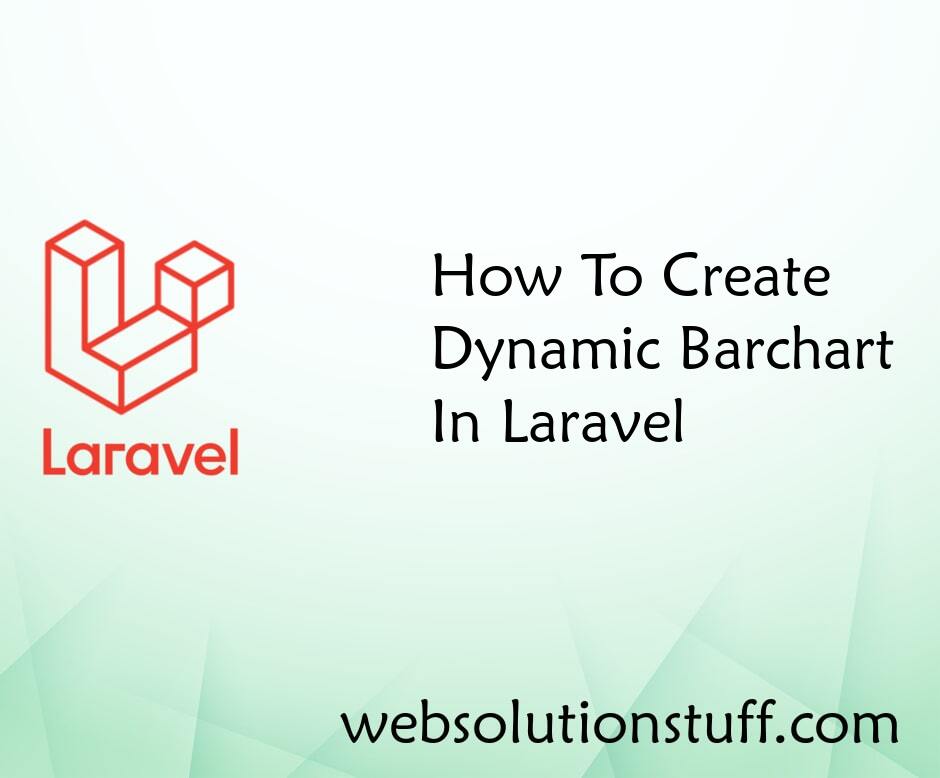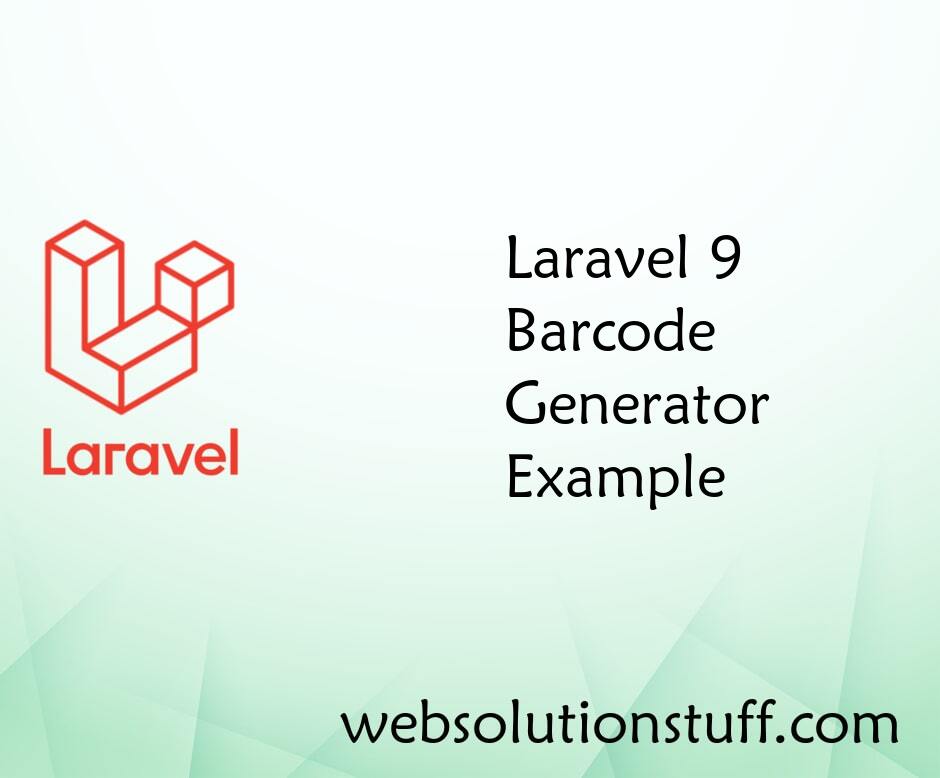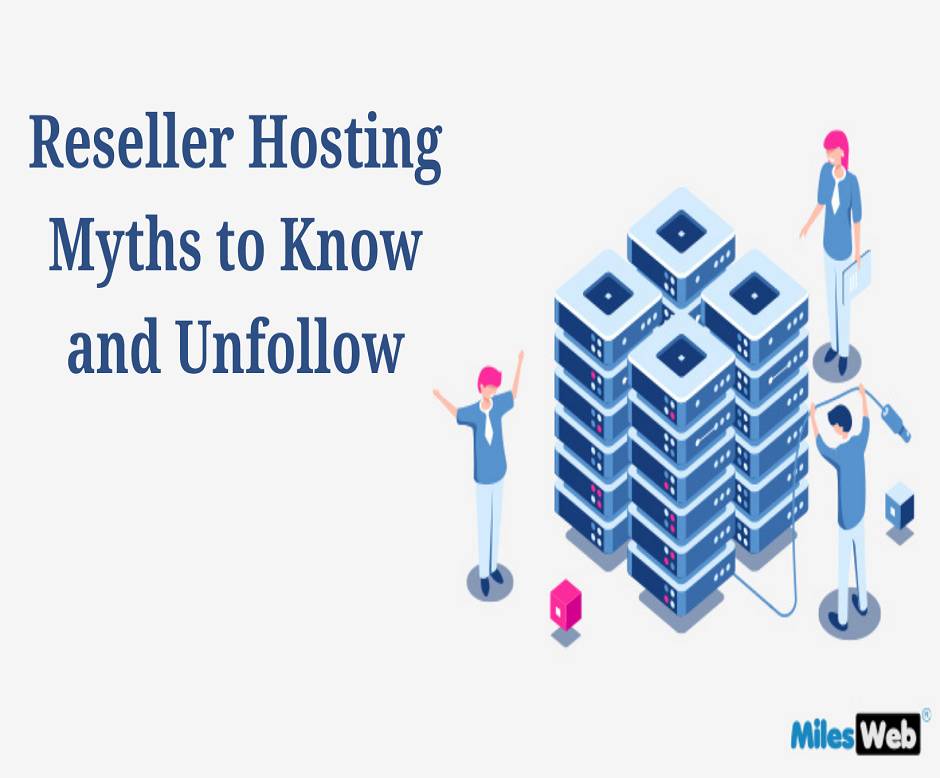Laravel 6/7 CRUD tutorial with example
Websolutionstuff | May-08-2020 | Categories : Laravel PHP
In this example, I will show you how to make simple laravel CRUD(insert, update, delete, or list) operations with example. Insert Update Delete module is a primary requirement for each project, you will understand how to use the route, controller, blade files, model, and migration for crud operation in laravel 6.
In laravel 6 CRUD Operation with MySQL database. Also, it's useful for beginners. So, I will show you the laravel 6 crud tutorial with examples of crud operations in laravel 6 from scratch.
So, let's see the laravel 6/7 CRUD tutorial with example, CRUD operation in laravel 6/7, laravel 6/7 CRUD example, laravel 6/7 CRUD operation step by step, laravel 6/7 CRUD from scratch.
We just need to follow the below step and you will get basic CRUD using controller, model, route, bootstrap 4, and blade. If you follow the below step then definitely you will get proper output.
So, let's start laravel 6 crud operation step by step.
Step 1: Create / Install Laravel 6/7
Step 2: Setup Database
Step 3: Create Model and Migration
Step 4: Create Controller
Step 5: Create Blade Files
Step 6: Run Project in Browser
Step 1 : Install Laravel 6
Type the following command in the terminal.
composer create-project --prefer-dist laravel/laravel blog "6.*"
Step 2: Database Configuration
In the second step, we will set up database configuration for the example database name, username, password, etc for our crud application of laravel 6. So let's open the .env file and fill in all details like as below:
DB_CONNECTION=mysql
DB_HOST=127.0.0.1
DB_PORT=3306
DB_DATABASE=your database name(blog)
DB_USERNAME=your database username(root)
DB_PASSWORD=your database password(root)
Step 3: Create Migration and model
We are going to create crud application for post. so we have to create migration for "posts" table using Laravel 6 php artisan command, so first type below command:
After run this command you will find php file here location "database/migrations/" in this file you need to add below code.
<?php
use Illuminate\Support\Facades\Schema;
use Illuminate\Database\Schema\Blueprint;
use Illuminate\Database\Migrations\Migration;
class CreatePostsTable extends Migration {
/**
* Run the migrations.
*
* @return void */
public function up()
{
Schema::create('posts', function (Blueprint $table) {
$table->bigIncrements('id');
$table->string('name')->nullable();
$table->longText('detail')->nullable();
$table->timestamps();
});
}
/**
* Reverse the migrations.
*
* @return void
*/
public function down()
{
Schema::dropIfExists('posts');
}
}
Now you have to run this migration by following command:
php artisan migrate
Step 4: Add Resource Route
Now Add Resource route in Routes/web.php
Route::resource('posts','PostController');
Step 5: Add Controller and Model
create the PostController using the following command.
php artisan make:controller PostController --resource --model=Post
Now make changes in Model , you will find model in this folder App/Post.php add below code in post.php
<?php
namespace App;
use Illuminate\Database\Eloquent\Model;
class Post extends Model
{
protected $fillable = [
'id', 'name', 'detail'
];
}
After changes in model you will find PostController.php in this path app/Http/Controllers/PostController.php. In this controller will create 7 methods by default as below methods:
So,Copy below code in your post controller
<?php
namespace App\Http\Controllers;
use App\Post;
use Illuminate\Http\Request;
class PostController extends Controller
{
/**
* Display a listing of the resource.
*
* @return \Illuminate\Http\Response
*/
public function index()
{
$post = Post::latest()->paginate(5);
return view('post.index',compact('post'))
->with('i', (request()->input('page', 1) - 1) * 5);
}
/**
* Show the form for creating a new resource.
*
* @return \Illuminate\Http\Response
*/
public function create()
{
return view('post.create');
}
/**
* Store a newly created resource in storage.
*
* @param \Illuminate\Http\Request $request
* @return \Illuminate\Http\Response
*/
public function store(Request $request)
{
$request->validate([
'name' => 'required',
'detail' => 'required',
]);
Post::create($request->all());
return redirect()->route('post.index')->with('success','Post created successfully.');
}
/**
* Display the specified resource.
*
* @param \App\Post
* @return \Illuminate\Http\Response
*/
public function show(Post $post)
{
return view('post.show',compact('post'));
}
/**
* Show the form for editing the specified resource.
*
* @param \App\post
* @return \Illuminate\Http\Response
*/
public function edit(Post $post)
{
return view('post.edit',compact('post'));
}
/**
* Update the specified resource in storage.
*
* @param \Illuminate\Http\Request $request
* @param \App\post
* @return \Illuminate\Http\Response
*/
public function update(Request $request, Post $post)
{
$request->validate([
'name' => 'required',
'detail' => 'required',
]);
$post->update($request->all());
return redirect()->route('post.index')
->with('success','Post updated successfully');
}
/**
* Remove the specified resource from storage.
*
* @param \App\post
* @return \Illuminate\Http\Response
*/
public function destroy(Post $post)
{
$post->delete();
return redirect()->route('post.index')
->with('success','Post deleted successfully');
}
}
Step 6: Add Blade Files
In the last step, we have to create blade files. So mainly we have to create layout files and then create new folder "posts" then create blade files of the crud app. So finally you have to create the following bellow blade file:
1) layout.blade.php
2) index.blade.php
3) create.blade.php
4) edit.blade.php
5) show.blade.php
So let's just create following file and put bellow code.
<!DOCTYPE html>
<html>
<head>
<title>Laravel 6 CRUD Application - websolutionstuff.com</title>
<link href="https://cdnjs.cloudflare.com/ajax/libs/twitter-bootstrap/4.0.0-alpha/css/bootstrap.css" rel="stylesheet">
</head>
<body>
<div class="container">
@yield('content')
</div>
</body>
</html>
@extends('posts.layout')
@section('content')
<div class="row">
<div class="col-lg-12 margin-tb">
<div class="pull-left">
<h2>Laravel 6 CRUD Example - websolutionstuff.com</h2>
</div>
<div class="pull-right">
<a class="btn btn-success" href="{{ route('posts.create') }}"> Create New Post</a>
</div>
</div>
</div>
@if ($message = Session::get('success'))
<div class="alert alert-success">
<p>{{ $message }}</p>
</div>
@endif
<table class="table table-bordered">
<tr>
<th>No</th>
<th>Name</th>
<th>Details</th>
<th width="280px">Action</th>
</tr>
@foreach ($posts as $post)
<tr>
<td>{{ ++$i }}</td>
<td>{{ $post->name }}</td>
<td>{{ $post->detail }}</td>
<td>
<form action="{{ route('posts.destroy',$post->id) }}" method="POST">
<a class="btn btn-info" href="{{ route('posts.show',$post->id) }}">Show</a>
<a class="btn btn-primary" href="{{ route('posts.edit',$post->id) }}">Edit</a>
@csrf
@method('DELETE')
<button type="submit" class="btn btn-danger">Delete</button>
</form>
</td>
</tr>
@endforeach
</table>
{!! $posts->links() !!}
@endsection
@extends('posts.layout')
@section('content')
<div class="row">
<div class="col-lg-12 margin-tb">
<div class="pull-left">
<h2>Add New Post</h2>
</div>
<div class="pull-right">
<a class="btn btn-primary" href="{{ route('posts.index') }}"> Back</a>
</div>
</div>
</div>
@if ($errors->any())
<div class="alert alert-danger">
<strong>Error!</strong> <br>
<ul>
@foreach ($errors->all() as $error)
<li>{{ $error }}</li>
@endforeach
</ul>
</div>
@endif
<form action="{{ route('posts.store') }}" method="POST">
@csrf
<div class="row">
<div class="col-xs-12 col-sm-12 col-md-12">
<div class="form-group">
<strong>Name:</strong>
<input type="text" name="name" class="form-control" placeholder="Name">
</div>
</div>
<div class="col-xs-12 col-sm-12 col-md-12">
<div class="form-group">
<strong>Detail:</strong>
<textarea class="form-control" style="height:150px" name="detail" placeholder="Detail"></textarea>
</div>
</div>
<div class="col-xs-12 col-sm-12 col-md-12 text-center">
<button type="submit" class="btn btn-primary">Submit</button>
</div>
</div>
</form>
@endsection
@extends('posts.layout')
@section('content')
<div class="row">
<div class="col-lg-12 margin-tb">
<div class="pull-left">
<h2>Edit Post</h2>
</div>
<div class="pull-right">
<a class="btn btn-primary" href="{{ route('posts.index') }}"> Back</a>
</div>
</div>
</div>
@if ($errors->any())
<div class="alert alert-danger">
<strong>Error!</strong> <br>
<ul>
@foreach ($errors->all() as $error)
<li>{{ $error }}</li>
@endforeach
</ul>
</div>
@endif
<form action="{{ route('posts.update',$post->id) }}" method="POST">
@csrf
@method('PUT')
<div class="row">
<div class="col-xs-12 col-sm-12 col-md-12">
<div class="form-group">
<strong>Name:</strong>
<input type="text" name="name" value="{{ $post->name }}" class="form-control" placeholder="Name">
</div>
</div>
<div class="col-xs-12 col-sm-12 col-md-12">
<div class="form-group">
<strong>Detail:</strong>
<textarea class="form-control" style="height:150px" name="detail" placeholder="Detail">{{ $post->detail }}</textarea>
</div>
</div>
<div class="col-xs-12 col-sm-12 col-md-12 text-center">
<button type="submit" class="btn btn-primary">Submit</button>
</div>
</div>
</form>
@endsection
@extends('posts.layout')
@section('content')
<div class="row">
<div class="col-lg-12 margin-tb">
<div class="pull-left">
<h2> Show Post</h2>
</div>
<div class="pull-right">
<a class="btn btn-primary" href="{{ route('posts.index') }}"> Back</a>
</div>
</div>
</div>
<div class="row">
<div class="col-xs-12 col-sm-12 col-md-12">
<div class="form-group">
<strong>Name:</strong>
{{ $post->name }}
</div>
</div>
<div class="col-xs-12 col-sm-12 col-md-12">
<div class="form-group">
<strong>Details:</strong>
{{ $post->detail }}
</div>
</div>
</div>
@endsection
Now, We are all completed our code, it's time to run this project...
So, Copy the below command and run it in the terminal.
php artisan serve
and finally, you can run this project on your browser.
You might also like :
- Read Also: How To Send Email using Node.js
- Read Also: Laravel Firebase Push Notification
- Read Also: Laravel 8 CRUD Operation Example
- Read Also: Image Upload in Summernote Editor Using Laravel
Recommended Post
Featured Post

How To Validate Username And P...
In this article, we will see how to validate username and password in react js. In this example, we will validate t...
Sep-13-2022

How To Create Dynamic Bar Char...
In this article, we will show you how to create a dynamic bar chart in laravel. charts are used to represent data i...
Jul-01-2020

Laravel 9 Barcode Generator Ex...
In this article, we will see laravel 9 barcode generator example. In this example we will use the milon/barcod...
Mar-26-2022

Reseller Hosting Myths to Know...
If you work in the web hosting sector, you're probably acquainted with the term reseller hosting. Resellers make up...
Apr-07-2022